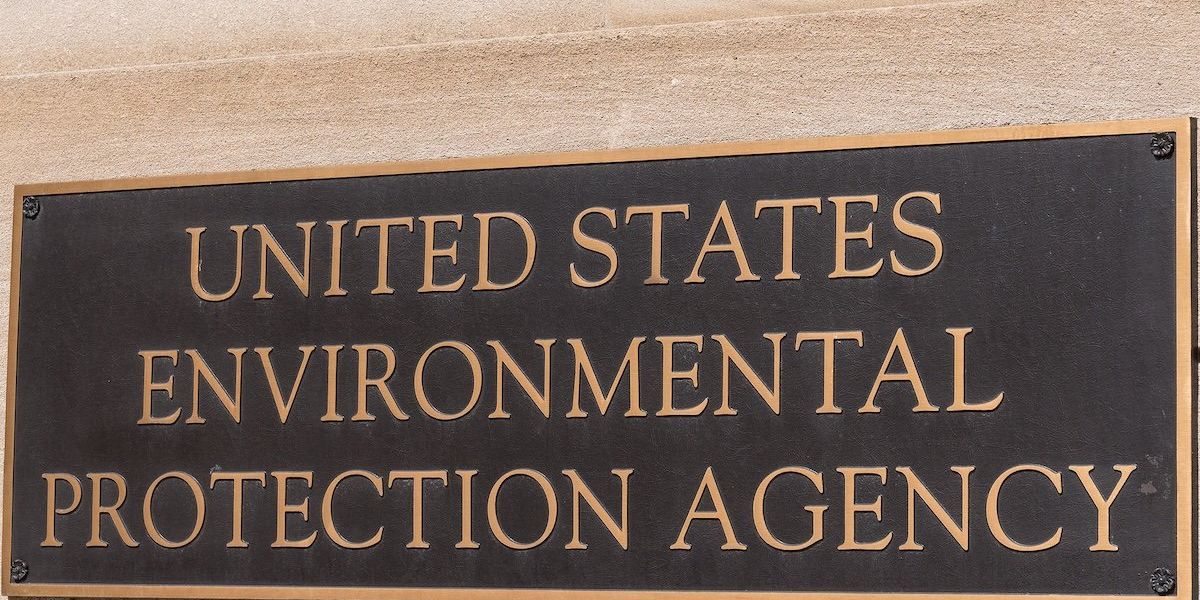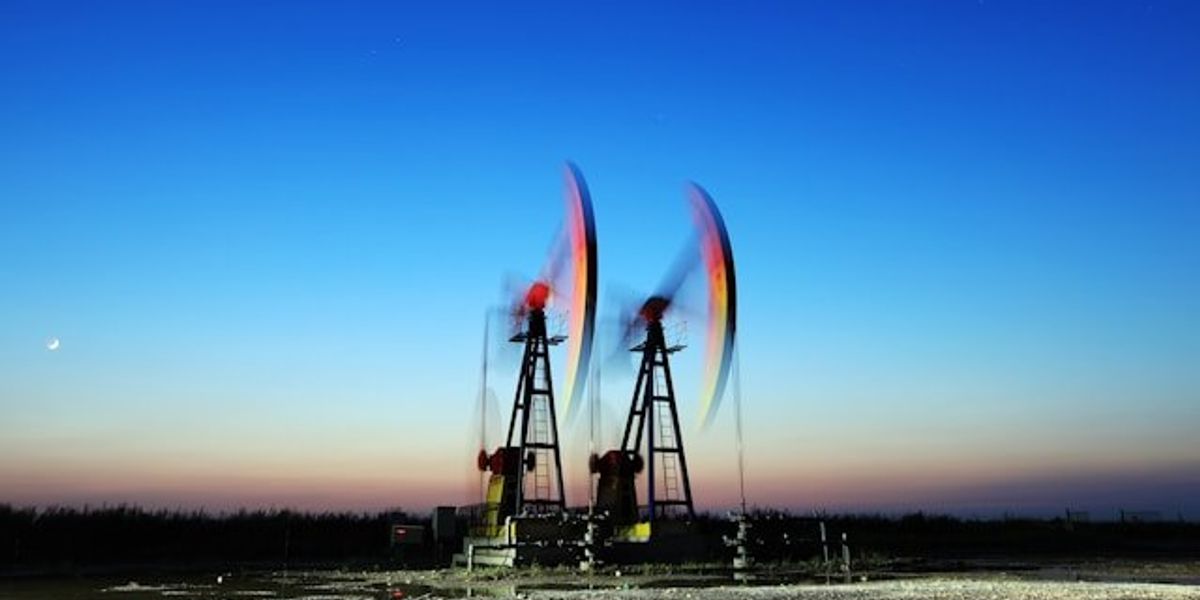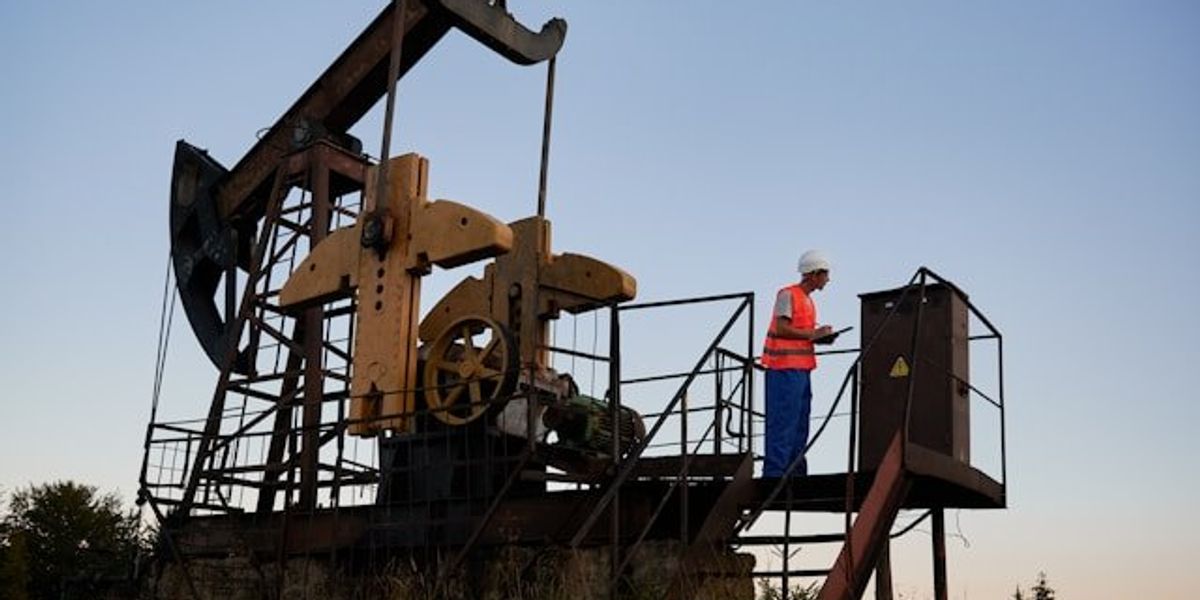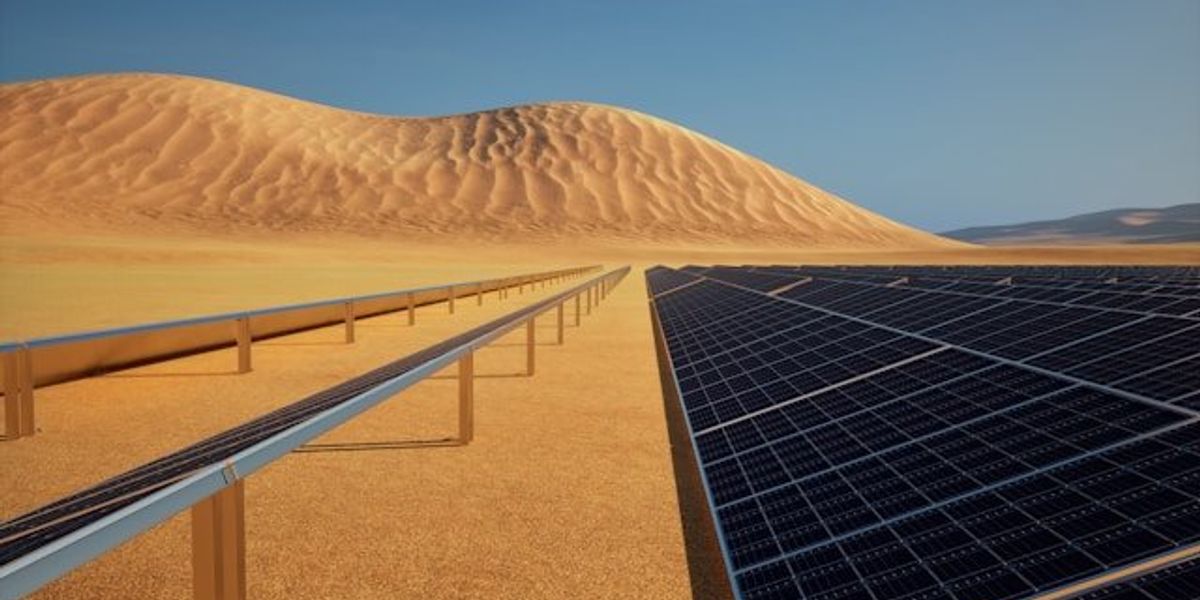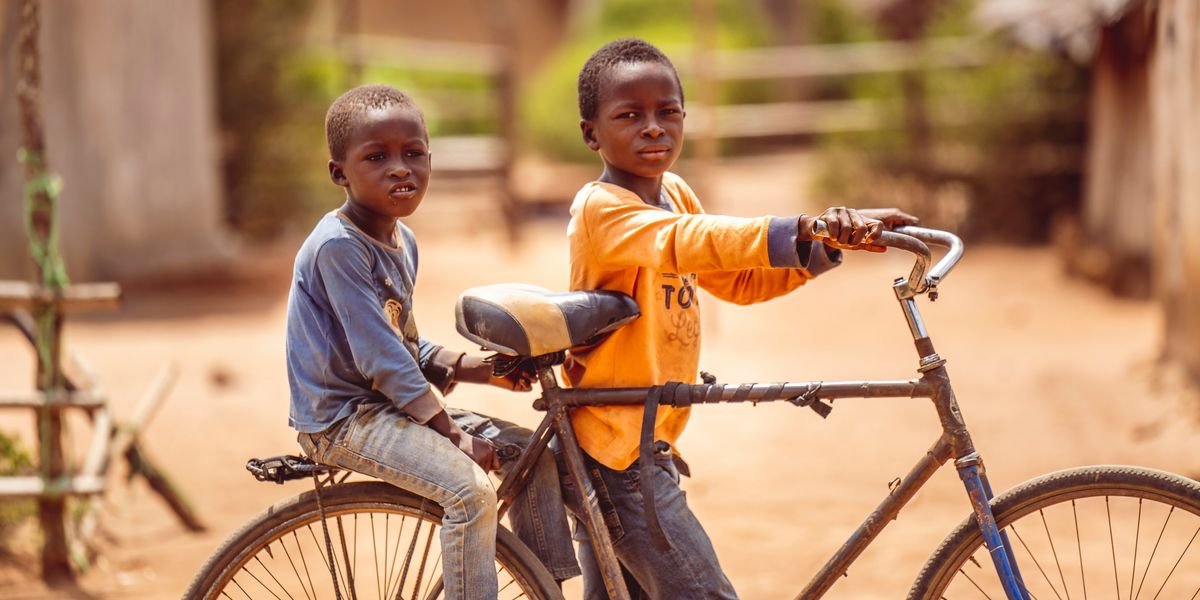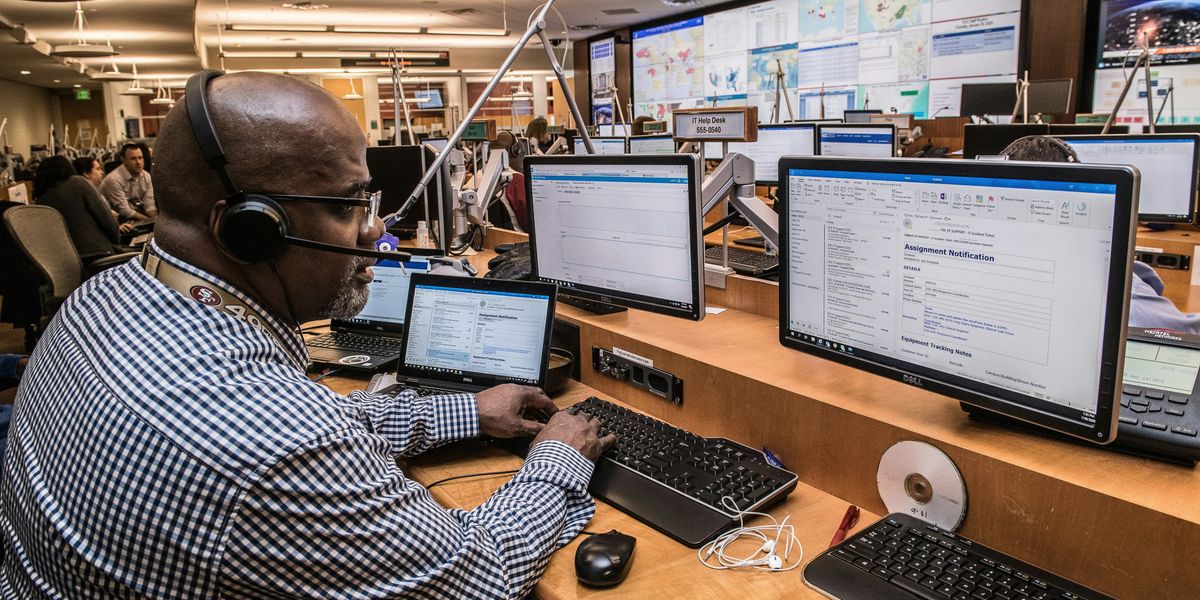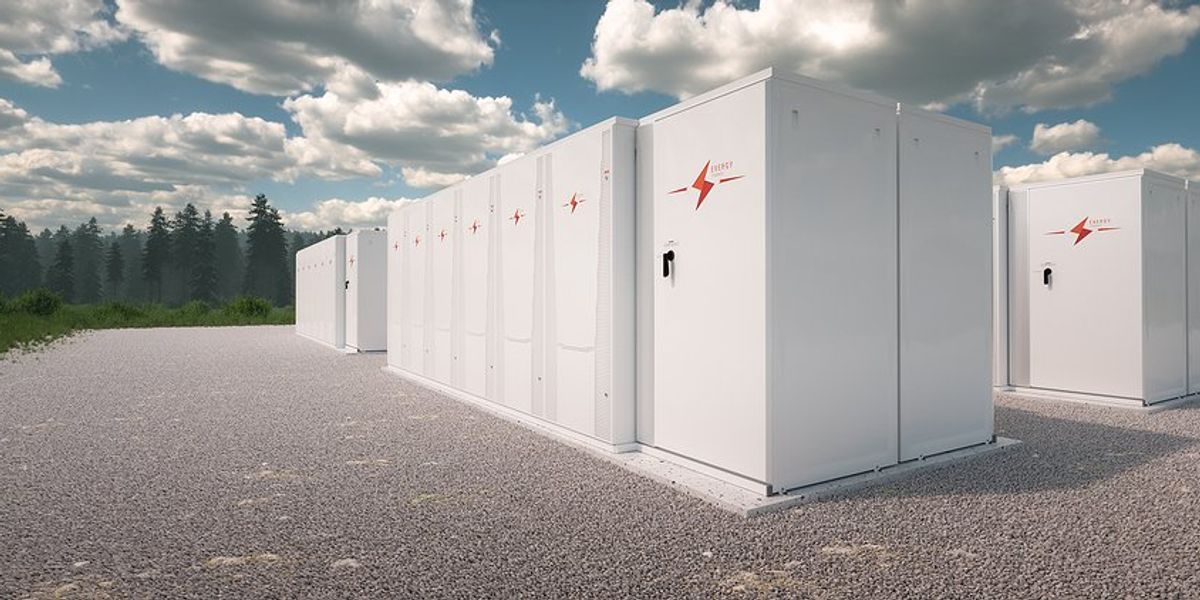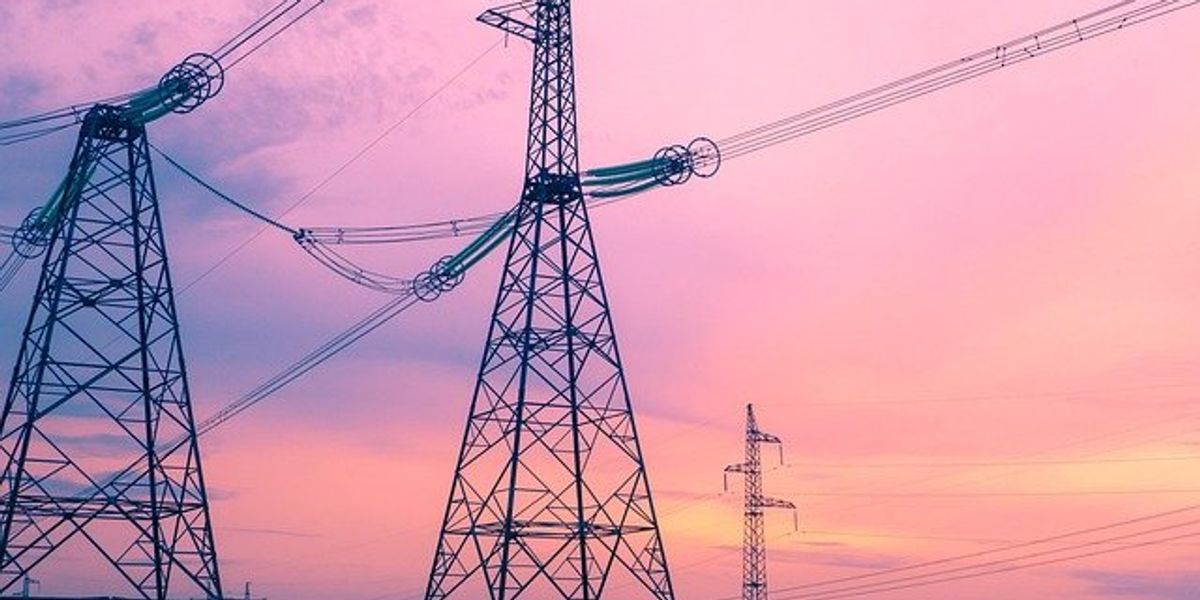
Outdated power grids in Black and brown communities block access to clean energy
The clean energy transition is accelerating, but many communities of color in the United States remain stuck with unreliable power and rising energy costs due to the legacy of redlining and federal funding delays.
Mario Alejandro Ariza reports for Floodlight.
In short:
- Detroit’s St. Suzanne Cody Rouge Community Resource Center is still waiting on $2 million in federal funding for clean energy upgrades, one of many delays linked to Trump’s freeze on Biden-era climate equity funds.
- Neighborhoods historically subjected to redlining suffer higher rates of power outages, energy shutoffs, and barriers to clean energy adoption, including aging infrastructure and housing stock.
- Community solar and subsidy programs show promise but remain inaccessible to many due to state restrictions, utility resistance, or poor program design.
Key quote:
“The current energy system has this imbalance, but if we don't fix that, we'll continue down that path, even as we transition to a cleaner, greener energy system.”
— Tony Reames, professor of environmental justice at the University of Michigan
Why this matters:
Across the country, historically redlined communities, often home to Black and brown residents, face compounding challenges: old electrical grids, outdated housing, and disproportionately high utility bills. These barriers make it nearly impossible for many to access the cost savings and resilience offered by clean energy technologies like solar panels and battery storage. And the problem isn’t just technical — it’s systemic. Federal support programs meant to close this gap have been frozen or gutted, while utilities often prioritize upgrades in wealthier, whiter neighborhoods. The result is a power system that reinforces old inequalities even as it modernizes.
Learn more:

